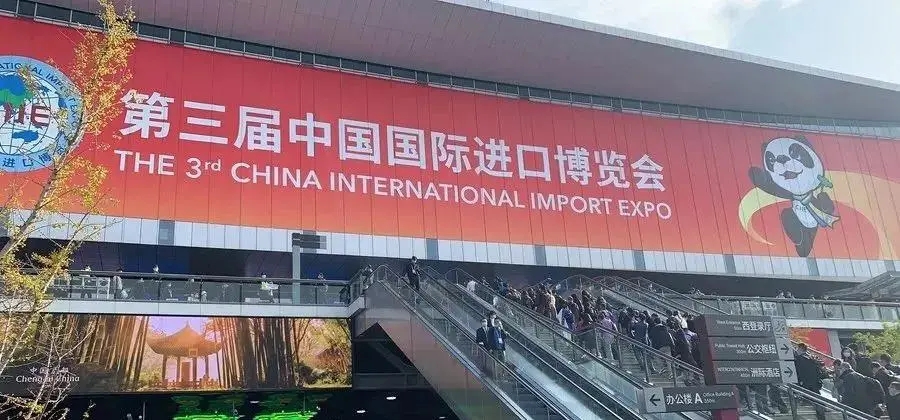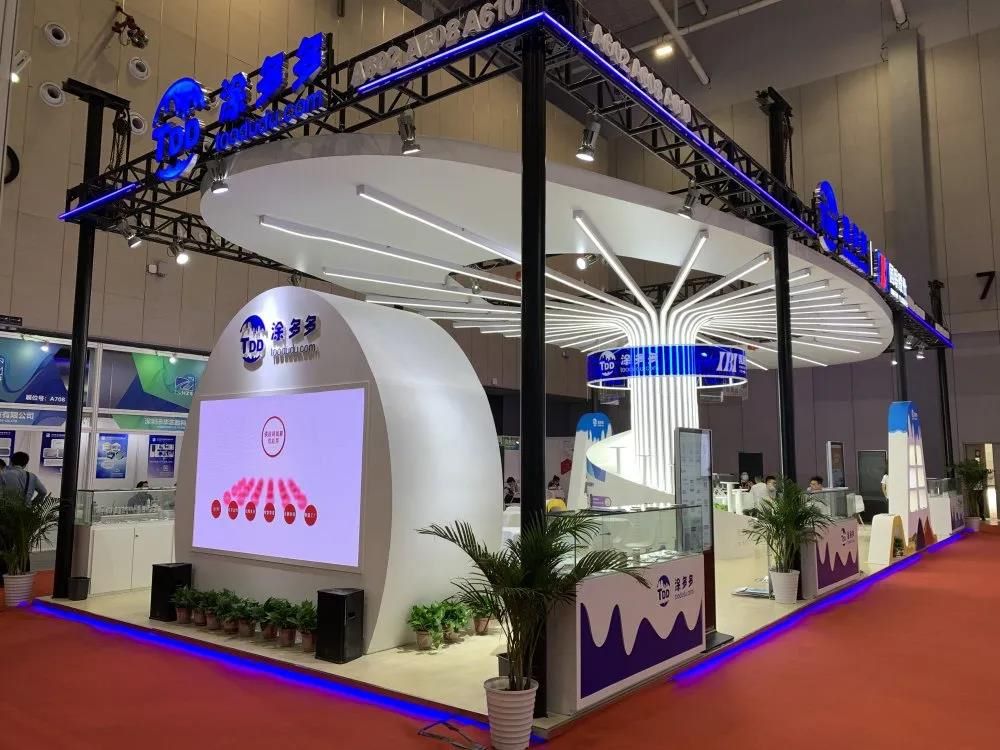Science Behind Ultra-Performance Tires
High-performance tires are wheels designed for racing. Their job is to increase traction and ensure safety at high speeds. But the functions and inner workings of ultra-high-performance tires go far beyond that and are a complex interplay of advanced materials, innovative design and cutting-edge engineering.
Optimized contact patch: The physical basis of improved traction
Traction tires have a slightly larger rubber footprint than other tires to increase traction while driving. The larger contact patch is their key feature.
By maximizing the area of direct rubber-to-asphalt contact, ultra-high-performance tires distribute the vehicle's weight more evenly, thereby enhancing traction and stability. For example, in a high-performance sports car that accelerates from 0 to 60 mph in just a few seconds, this larger footprint allows the tire to grip the road firmly and convert the engine's power into forward momentum without excessive wheel spin.
Rubber compound technology: The core formula for grip
This grip is also due to the special rubber compound that makes up the tire. Due to the higher density of rubber in the grooves, the material becomes harder and the groove depth is reduced. While grip is enhanced, more torque is also transferred to the road surface.
Synergy of polymer systems
The rubber compounds used in ultra-high performance tires are carefully formulated blends of various polymers, fillers and additives. Synthetic rubbers, such as styrene butadiene rubber and butadiene rubber, are often combined with natural rubber to achieve a balance of properties. These polymers are selected for their ability to maintain flexibility and adhesion at high speeds and high loads.
Functional enhancement of filler systems
Fillers, such as carbon black, play a vital role in enhancing the mechanical properties of rubber. Carbon black not only strengthens the rubber, improving its strength and durability, but also improves its ability to dissipate heat. This is critical because when a tire rolls at high speeds, friction between the tire and the road surface generates a lot of heat.
Without proper heat dissipation, the rubber can overheat, resulting in a loss of grip and possible tire failure. In fact, a study by a leading tire manufacturer showed that tires with optimized carbon black content can reduce internal temperatures by up to 15%, significantly extending the life of the tire and maintaining stable performance.
Environmental protection mechanisms of additives
Additives such as antioxidants and antiozonants are added to tires to protect the rubber from degradation caused by environmental factors.
This ensures that the tire's performance remains stable over time, even when exposed to sunlight, rain and atmospheric ozone.
The unique combination of these ingredients creates a rubber compound that provides excellent grip on both dry and wet roads. In wet conditions, the shallower groove depth and denser rubber in the grooves work in synergy with the overall tread pattern.
The tread pattern is designed with a specific groove geometry that effectively directs water away from the contact patch to prevent hydroplaning. The denser rubber in the grooves provides an additional biting edge, allowing the tire to maintain traction on slippery roads.
Carcass stiffness design: mechanical support for handling response
The stiffer the wheels, the smoother they communicate with the road and the easier it is to pick up information from the road. Especially at high speeds, good grip is required for maneuvers such as turning to avoid accidents.
Dynamic balance of sidewall stiffness
The stiffness of ultra-high performance tires is carefully tuned to strike a balance between responsiveness and comfort. For example, a stiffer sidewall reduces tire flex when turning at high speeds, thereby minimizing tire deformation and allowing the driver to control the vehicle's handling more precisely. When the driver initiates a turn, the stiffer sidewall quickly transfers the steering input to the road, allowing the vehicle to accurately follow the intended path.
Reinforced design of the internal structure
In addition to the rubber compound and sidewall stiffness, the internal structure of the UHPT tire also affects its performance. These tires often use advanced belt and ply designs:
Belt: Usually made of high-strength steel or aramid fiber, it provides additional strength and stability to the tire and helps distribute the forces generated during acceleration, braking and cornering more evenly across the tread area.
Ply: A layer of fabric embedded in the rubber that affects the tire's load-bearing capacity and driving experience.
Modern UHPT tires may use multiple plies arranged at specific angles to optimize strength and flexibility.
Tread pattern engineering: The geometric code for all-scenario performance
In addition, UHPT tires are also designed with specific tread patterns for different driving conditions.
Dry performance-oriented pattern logic
On dry roads, the tread pattern may use large, continuous blocks to provide maximum road contact area and excellent traction for straight-line acceleration and braking.
Wet safety optimized groove system
On wet roads, the tread pattern uses wider and deeper grooves as well as sipes (thin gaps in the tread blocks) to enhance water drainage and improve grip on wet roads. Some high-end ultra-high performance tires even use computer-aided design (CAD) and simulation technology to optimize the tread pattern to ensure the best performance in various conditions.
Precision manufacturing process: quality control from molecules to finished products
The manufacturing process of ultra-high performance tires is also very precise. From rubber compound to tire vulcanization, each step is carefully controlled to ensure consistent quality.
Core control of vulcanization process
The vulcanization process is particularly critical, which requires heating the tire under pressure to cross-link the rubber molecules, giving the tire its final shape and performance. The temperature, pressure and duration of vulcanization are precisely calibrated to achieve the ideal balance of hardness, elasticity and durability.











